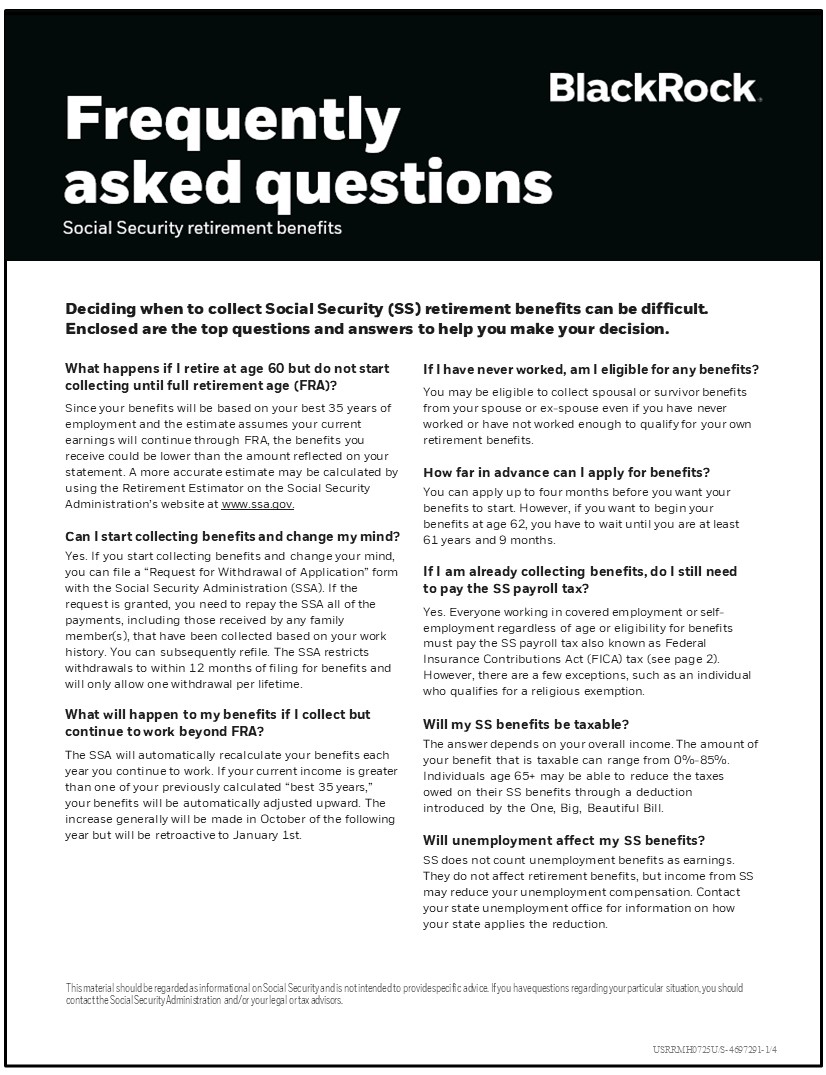Acquire & retain tomorrow's clients
The clients you serve tomorrow will be different from those you serve today. Recognize the unique needs of your future clients and offer tailored solutions to build loyalty and trust.
Make the most of your time with clients and prospects
Achieve organic growth by carving out impactful time with current and prospective clients through simplifying investments, boosting efficiency and building trust.








